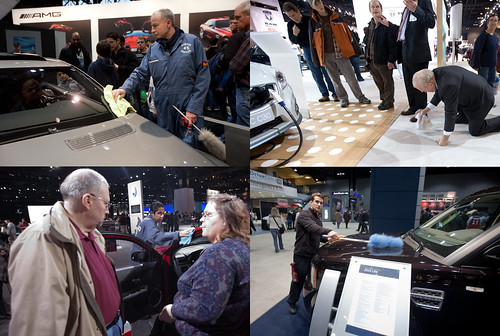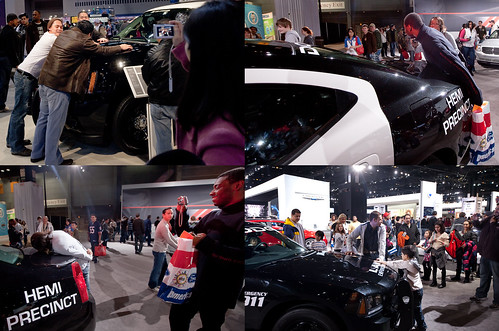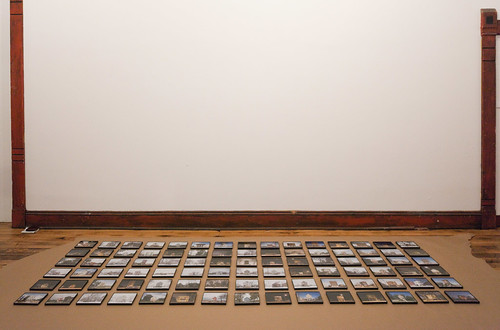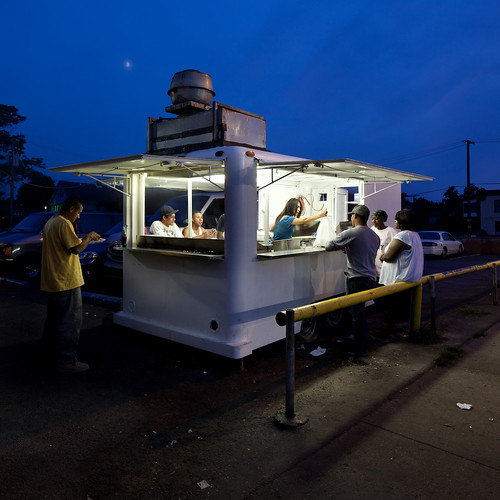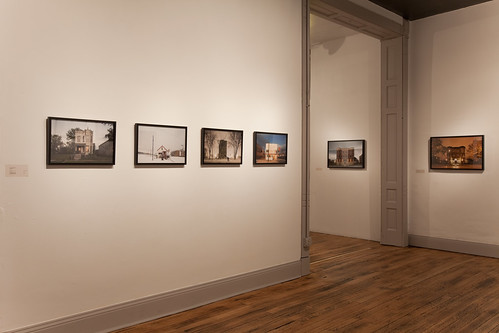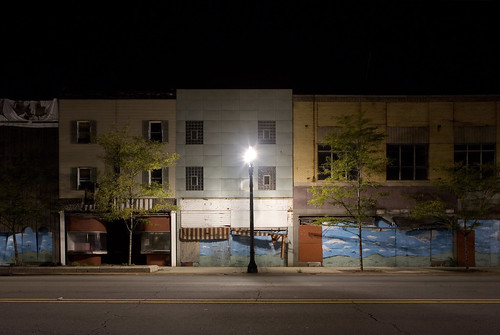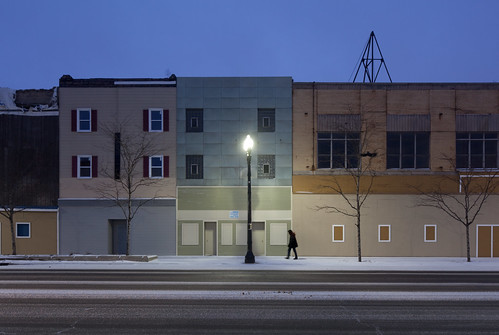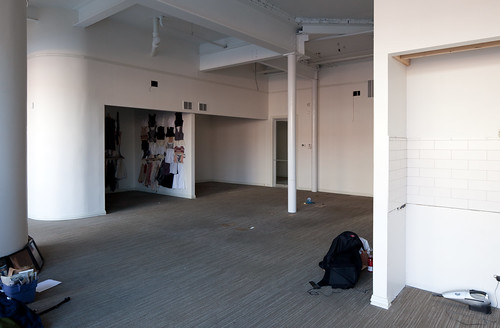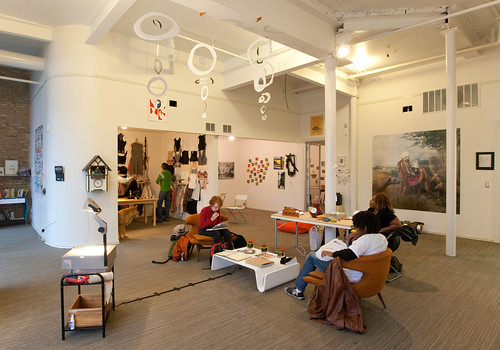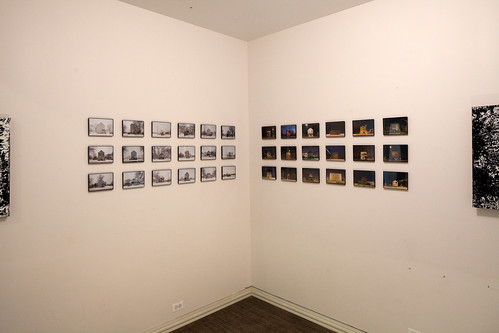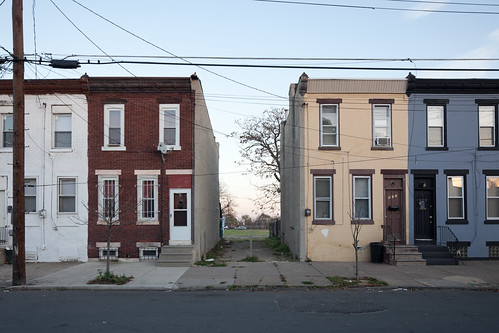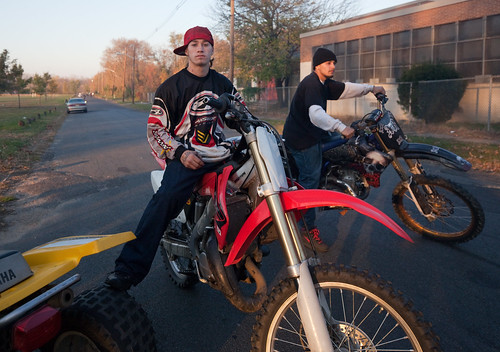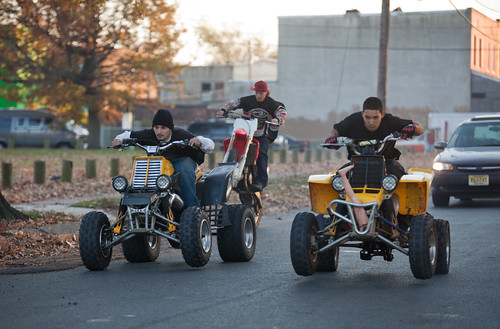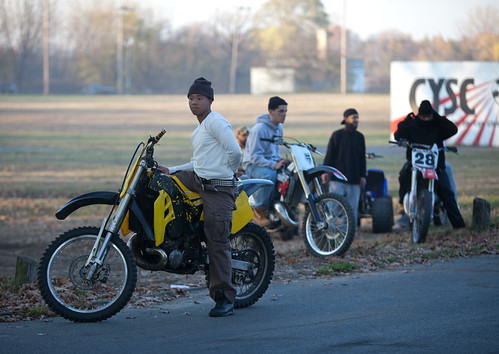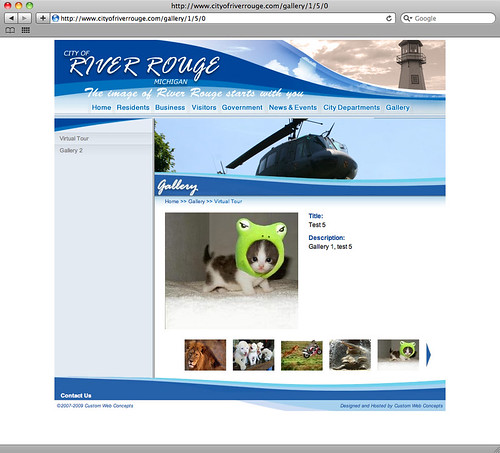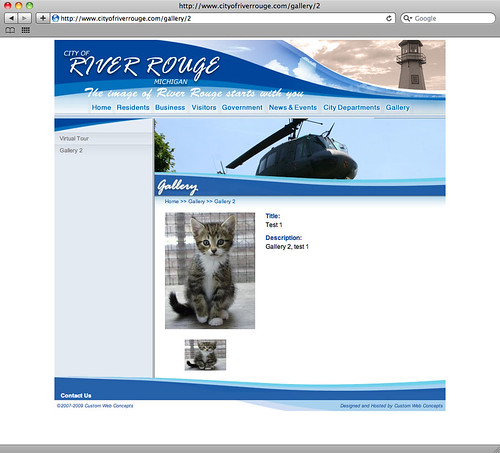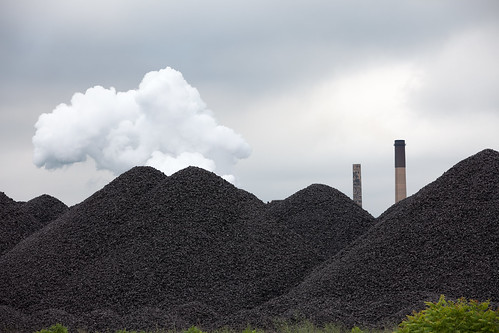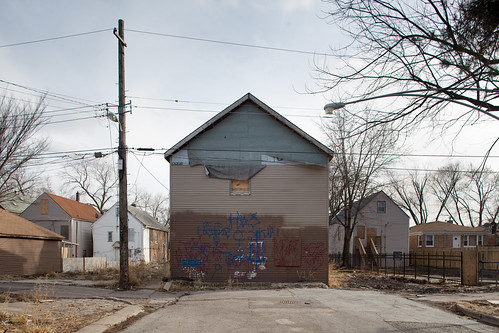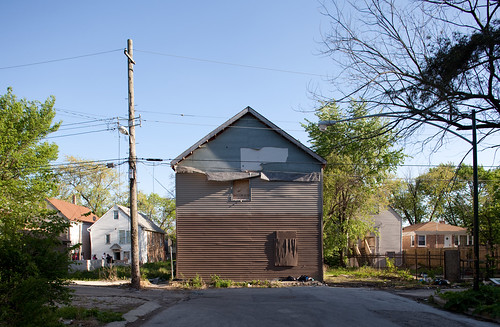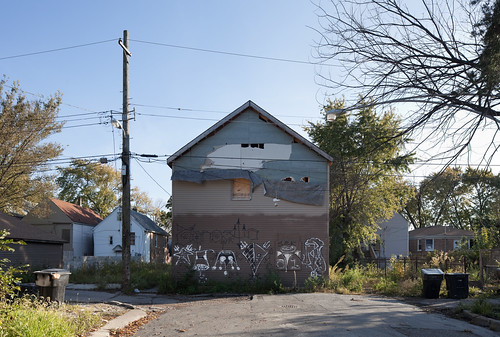I spent a lot of time thinking about how I might novelly approach photographing Detroit while preparing to go there for the summer. While my main approaches were to address living with abandonment and visual representations of the public/private divide using traditional digital photography, I spent some time considering how different photographic methods might augment the typical visual experience of the city — the idea being that different methods of documentation or presentation could provide additional information about a city or neighborhood to a viewer who is unlikely to ever view the place.
Of the alternative methods I considered, I decided to experiment with anaglyphic 3D photography for its obvious ability to interject depth to typical two dimensional images. Having never worked with the process before, these images are not technically perfect, but I’m happy with them as attempts at something new. I have some concern that the three dimensionality might make the viewing experience even more foreign or unnecessarily playful, but I hope that same playfulness will more completely engage the viewer with the environment … and ultimately prompt additional questions about the documented places.
Unfortunately, the viewer needs red-cyan glasses to properly view the following images, but I have included links to two-dimensional images of a few of them for those without the glasses.

In color
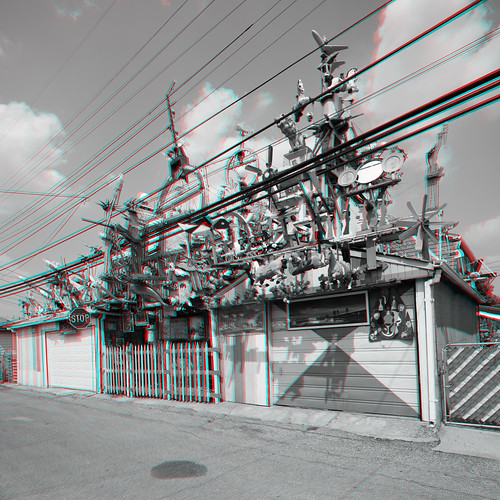
Hamtramck Disneyland was created by Dmytro Szylak. “Mr. Szylak was born in 1920, in the village of Lwiw, Ukraine, and came to the U.S. in 1949. He began building this work around 1990, after retiring from the General Motors Hydromatic Factory, where he worked on the assembly line for 32 years.” [From]
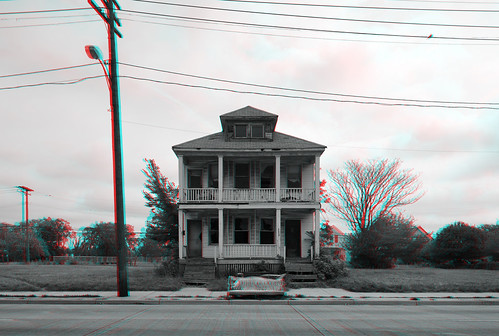

The Heidelberg Project is a community oriented art project created by Tyree Guyton.

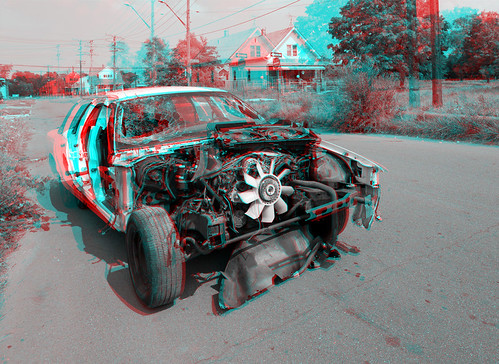
In color
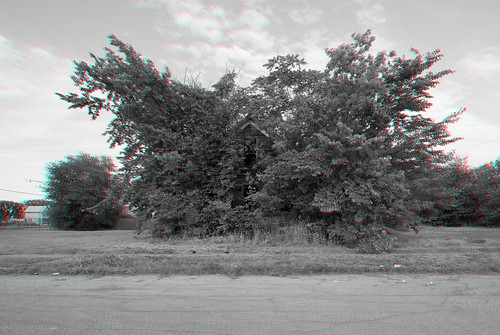
In color
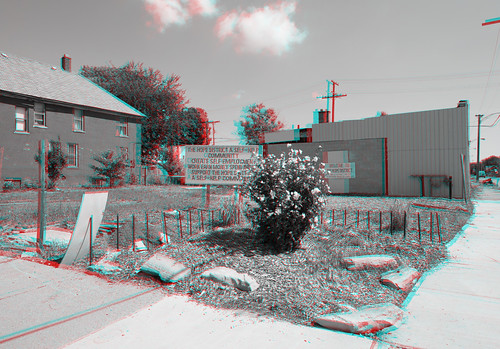
The Hope District is a community in Detroit that seeks to provide jobs and affordable housing for all.

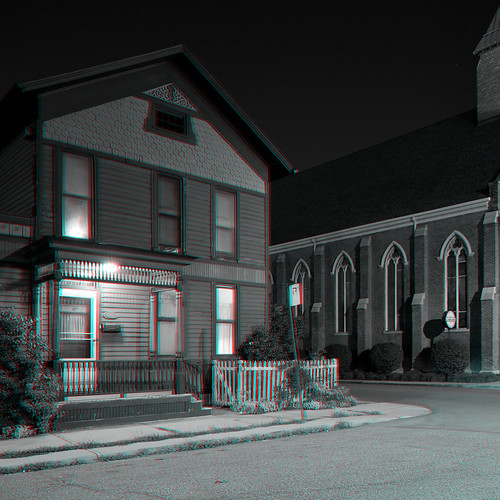
In color

